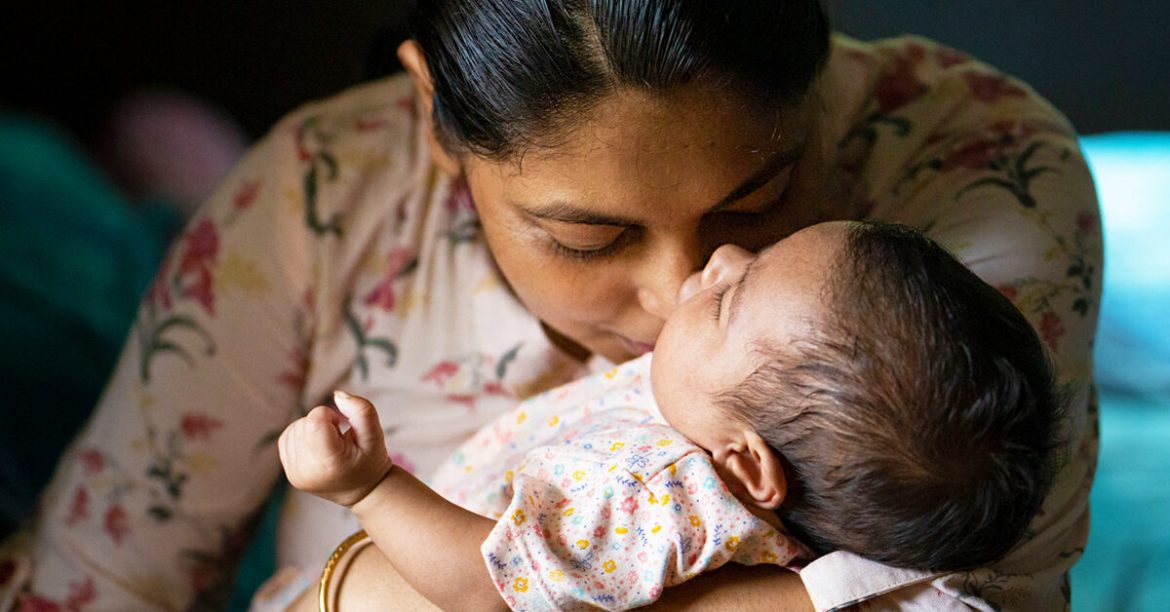A recent study has discovered if people recognise when a newborn is in pain as opposed to being moderately uncomfortable.
The study’s findings were published in the journal Current Biology. “We discovered that experience caring for newborns modulates the ability to detect pain in cries—that is, to distinguish a pain cry from a normal discomfort cry,” explains Nicolas Mathevon of the University of Saint-Etienne in France. “Even if they have never heard this infant before, current parents of young newborns can identify a baby’s pain cries, whereas inexperienced persons are often unable to do so.”
The findings reveal that people’ capacity to comprehend newborns’ screams is learnt rather than natural. Our capacity to understand the information supplied by newborns’ communication signals is shaped by our experience with young babies.
Mathevon and his colleagues at the University of Saint-Etienne, including David Reby and Roland Peyron, uncovered this discovery as part of a larger study into how information is contained in newborns’ cries and how human listeners extract this information. They aimed to find out how past caregiving experience with newborns influenced the capacity to recognise when they were in pain in the new study.
They sought individuals with varying levels of expertise caring for newborns, ranging from those with no prior experience to present parents of small children.
They also included persons with infrequent babysitting experience and non-parents with substantial professional expertise in caring.
Following that, they gave everyone in the research a brief training period in which they heard eight distress screams from one infant over the course of a few days. Following that, their capacity to decipher the screams as discomfort or agony was tested.
And, as it turned out, experience is everything. People with little to no expertise were unable to distinguish between cries any better than chance. Those with less experience did slightly better.
Current parents and professionals outperformed chance. Parents with younger children, on the other hand, were clear winners.
They were able to recognise baby crying settings even when they had never heard the baby’s sounds previously. Parents with older children and those with professional expertise struggled with unexpected screams.
“Only parents of younger babies could recognise the crying settings of an unknown baby they had never heard before,” says Siloe Corvin, the study’s first author.
“Professional paediatric caretakers are less adept at transferring this capacity to unknown newborns,” says Camille Fauchon, one of the study’s co-authors. “At first, this was startling, but it fits with the concept that experienced listeners may acquire a resistance that reduces their sensitivity to aural signs of pain.”
The findings reveal that crucial information is contained in the acoustic structure of newborns’ screams. While adults are sensitive to this information, our capacity to decipher it and recognise when a newborn is in pain improves with exposure and practise.
Also Read: Prevention of cyberbullying can be done by teaching them empathy: Study
The researchers believe that understanding more about how newborns transmit discomfort may help parents notice and respond to it more effectively. They’re currently carrying out neuroimaging research to learn more about how experience and motherhood influence brain activity when newborns scream.
Follow Medically Speaking on Twitter Instagram Facebook





